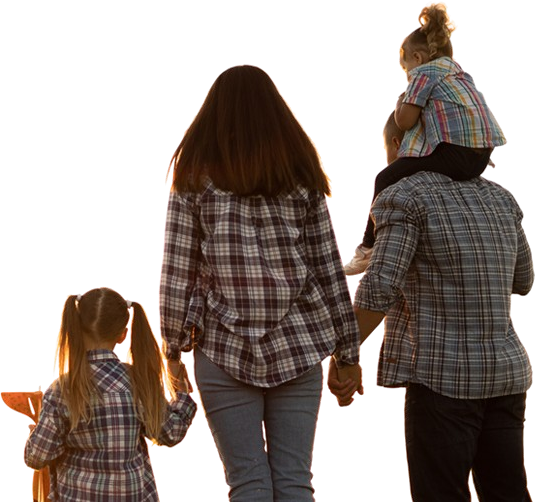In most mediation situations with pets, I find that my clients begin the process with a plan for the pets already in mind. This is great, especially given that New Jersey law still views pets as property – you get the coffee table, and I get the cat. We are finding that some judges are more open-minded to the emotional bond that parents have with their pets. This is usually viewed as a good thing, except that as mediators, it opens us up to more discussion on the matter when couples don’t agree on custody.
Most of the time, I find that there is one party who is the primary care-giver of each animal. One recent couple decided that the wife would keep the bunnies and cats, and the husband would keep the dog and chickens. This was an easy decision for them because of two key factors, the husband was keeping the marital home, providing him with outdoor space for his animals, while the wife was moving to a town home with little room for pets to roam. Another consideration was the fact that the dog was a pre-marital pet of the husband, so their bond was strong.
When helping my clients make decisions about who should keep which pet, I encourage them to weigh some of the following factors: housing options, work schedules, allowance of pets in a new apartment, their new post-separation budgets, cost of veterinary care – especially for aging pets, pet insurance, additional housing fees, and the cost of pet sitters/walkers. In a shared pet-custody situation, it works out nicely if these financial costs are shared.
If there are children involved, many parents prefer to have pets follow the parenting schedule of the children. They value the stability offered to the kids in keeping the pet with them daily. It also offers the non-custodial parent complete free time when they do not have the children and pets.
Bonding is another factor that comes up. To whom are the pets and humans closest? According to Dr. Kristen Casulli, veterinarian at the Animal Care Center in Flanders, NJ, “Pets are not typically bonded to each other unless they are siblings or have been together from a very young age.” I asked Dr. Casulli how you can tell if pets are bonded to each other or to their humans. She said to notice how the animal hangs out and what they focus on. “If pets are bonded to their humans, you will see the pet listening to them, following them around the house, staring in their direction.”
Whatever custodial arrangement your clients decide on for their fur babies, it’s important to remember that family separation causes stress and anxiety for them. Whenever possible, I encourage clients to consider the schedule from the pet’s point of view – opting for stability and routine as much as possible. As Dr. Casulli noted, “Consistency is the key if the parents have shared custody of the pet. Keep the food and exercise consistent at both homes. Pets can feel stress in a family, so they need extra love and attention, just like kids do during divorce.”
One final thing I have noticed is that the fate of the pets is more hotly contested when a couple’s only “children” have whiskers. Recently I have added a pet question to my intake questionnaire, and I make sure that I bring it up during the initial consultation. The reaction of the potential clients typically hints at how many discussions about heartworm and litter types I can look forward to.
Elle is a divorce and family mediator with Edens Law Group in Chester, NJ. She is also secretary of the NJAPM Board of Directors.
Additional resources :









